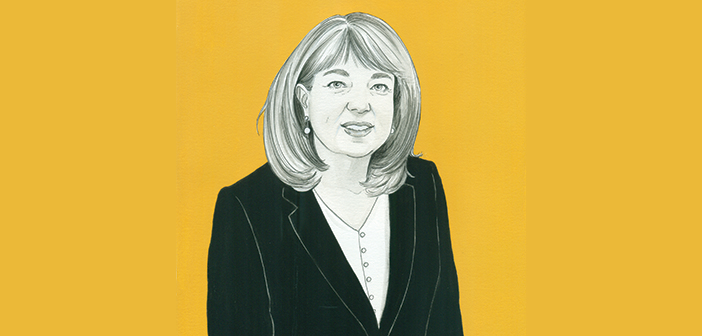Katherine Sharkey, MD, PhD, an associate professor of medicine and of psychiatry and human behavior who studies sleep and circadian rhythms, particularly as they relate to mood regulation and women’s health, has the answer.
About 17 percent of women have obstructive sleep apnea (OSA), yet 90 percent of them don’t know it. Though more men than women have it, women are less likely to be diagnosed because of differences in the prevailing symptoms and idiosyncrasies of sleep testing.
Women with OSA are more likely than men to report symptoms of irritability, depression, and headaches. As a result, their primary care provider may send them to therapy, prescribe an antidepressant, or begin a workup for migraine.
Furthermore, sleep testing can result in false negatives in female patients. Women are more likely to have arousals from sleep as opposed to oxygen desaturation. The most common diagnostic test for sleep apnea is the home sleep test (HST). Home testing is great—we can screen a lot more people than if they all had to come into the lab—but it only measures breathing, not EEG. Therefore HSTs can’t detect the arousals that are more common in women. The common co-occurrence of insomnia and sleep apnea in women also increases the likelihood of a false negative.
If these nuances aren’t appreciated, you might think your patient is in the clear. If the clinical suspicion is low and you’re just trying to rule out OSA, then your workup can end with a negative HST. But if the clinical suspicion is high, for example, due to excessive daytime sleepiness, uncontrolled hypertension, or witnessed apneas, and that home study doesn’t show something, then all patients—men and women—should have followup polysomnography in the laboratory.


